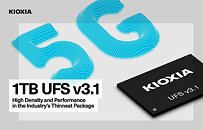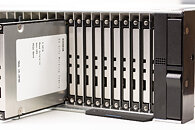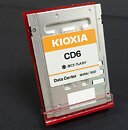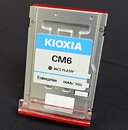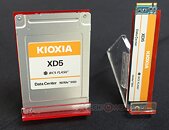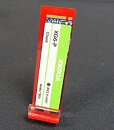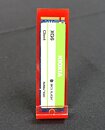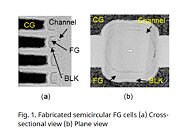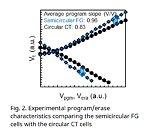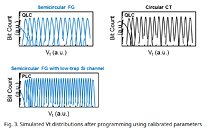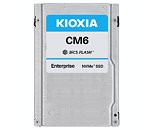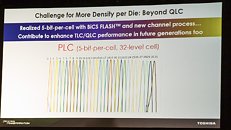One of the big hardware industry changes of 2019 was the formal spin-off of Toshiba Memory as an entirely independent firm called Kioxia. This is big, because Toshiba is regarded as the inventor of NAND flash as we know it; and a pioneering firm with DRAM, NAND flash, and other forms of solid-state storage. Toshiba retains the hard disk business. Having formally begun operations only in Q4-2019, much of Kioxia's upcoming products are in development, but we still caught some of their latest SSDs that implement PCIe gen 4.0 and NVMe 1.4 protocol, besides some former-Toshiba products under new Kioxia branding. Kioxia is planning to make a big splash in the near future as its pioneering
Twin BiCS Flash tech hits the market, besides scoring design wins with the automotive and data-center industries.
The CD6 and CM6 SSDs are star-attractions. The CD6 is designed for data-centers, and comes in capacities ranging all the way from 800 GB to 15 TB, with 1 to 3 DWPD endurance. It uses the next-generation U.3 (SFF-TA-1001) connector with PCI-Express 4.0 x4 physical-layer and NVMe 1.4 protocol. Among its security features are SIE, FIPS140-2, and SED Opal/Ruby. The drive is built in the 15 mm-thick 2.5-inch form-factor. The CM6 is its cousin, targeted at enterprise environments with higher mission-criticality. With capacities ranging from 800 GB to a staggering 30 TB, the drive offers sequential transfer-rates of up to 6,400 MB/s by leveraging PCI-Express 4.0 x4 and NVMe 1.4. Much like the CD6, the CM6 uses the new U.3 connector, and is built in the 15 mm form-factor. Endurance and security feature-set are identical to the CD6. We also spotted the 2+ year old rebranded XD5-series and PM5-series in fresh Kioxia colors. Lastly, there are the XG6 and XG6-P SSDs from 2019 transitioned to the Kioxia brand.










